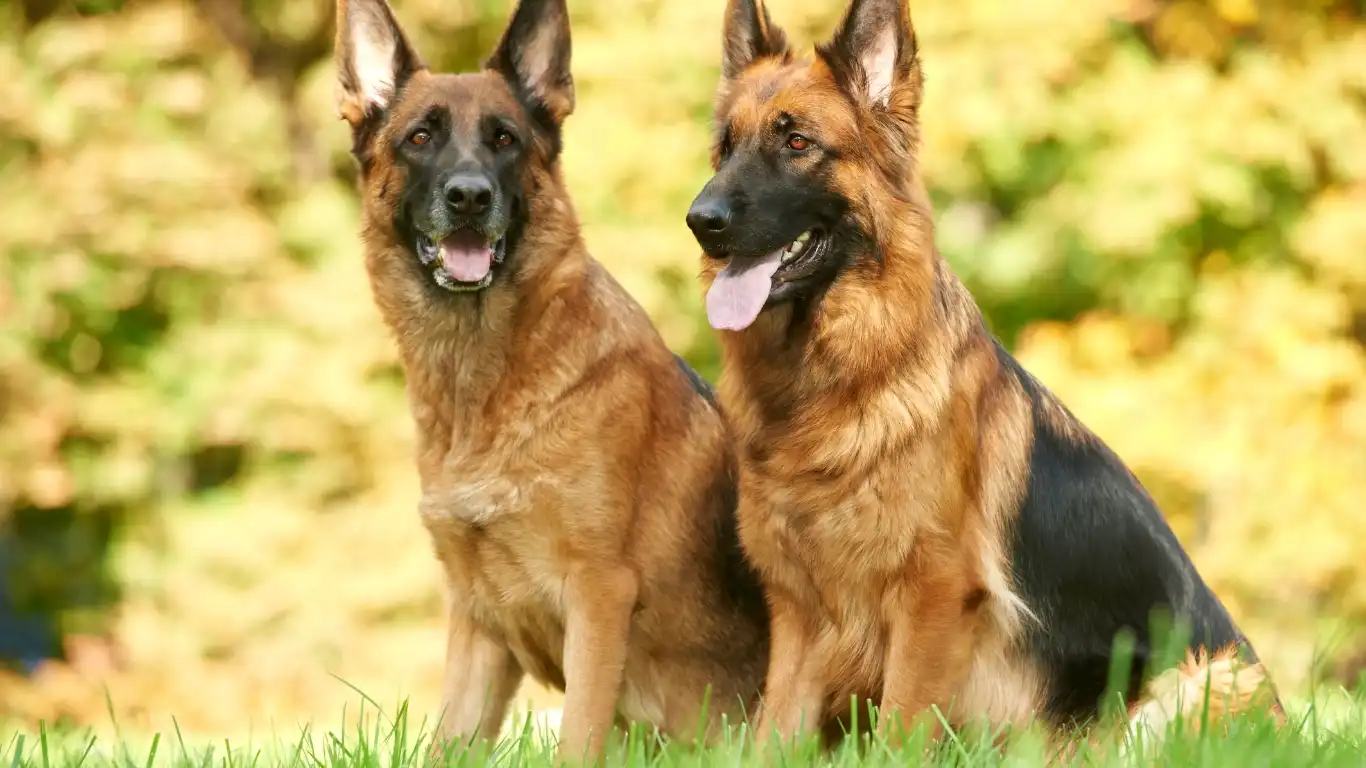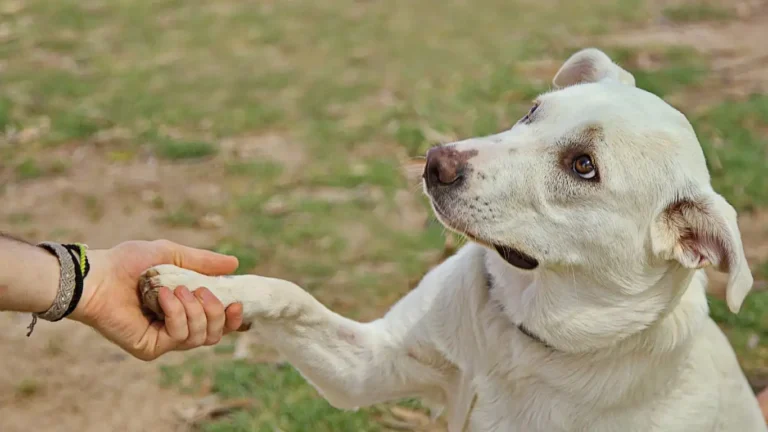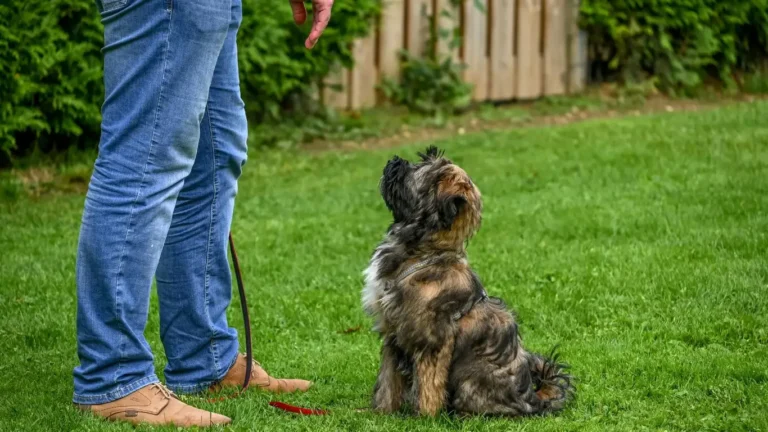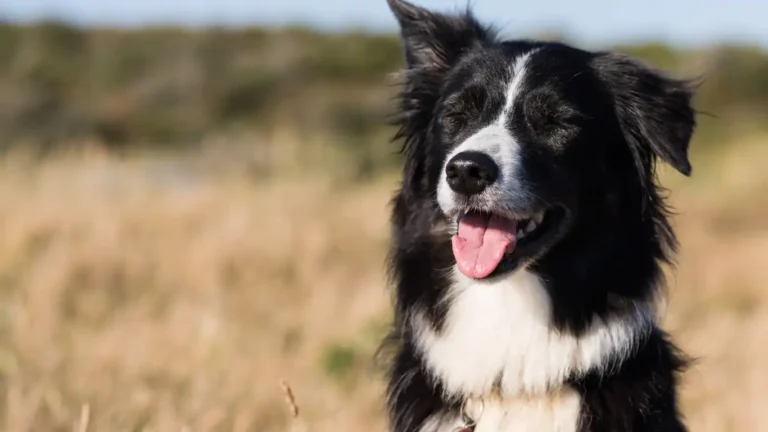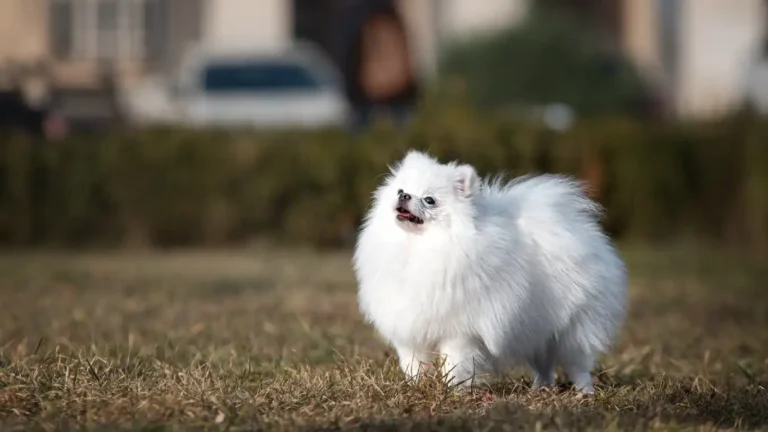Mastering How to Introduce Your Dog to New Surfaces and Sounds Fast
Bringing a new dog into your home—or helping your current one adjust to unfamiliar environments—can be one of the most rewarding (and sometimes challenging) parts of being a pet parent. One of the questions I often hear from clients in my role as a veterinary nurse specializing in nutrition is, “How do I help my dog feel confident around new textures, floors, and noises?” So let’s dive into something every pup parent should know: how to introduce your dog to new surfaces and sounds in a way that builds trust, reduces fear, and sets the stage for a happy, balanced companion.
Why Dogs React to Surfaces and Sounds Differently

Every dog is unique. While one pup may prance confidently across a slippery tile floor, another might freeze like a statue or awkwardly tiptoe like the ground’s lava. It’s not just about fear—it’s about lack of exposure, breed tendencies, age, and even past trauma. In my experience, senior dogs and puppies are especially sensitive to unfamiliar textures or sudden noises like vacuum cleaners or blenders.
Understanding your dog’s individual reactions isn’t just helpful—it’s essential. Imagine walking barefoot onto ice when you’ve never felt cold in your life. That’s kind of how a carpet-raised pup feels stepping onto polished wood or hearing fireworks for the first time. I’ve worked with rescue dogs who were terrified of everyday things simply because they’d never seen or heard them before.
Common Surfaces Dogs May Struggle With
- Hardwood or laminate flooring
- Metal surfaces (like vet scales or elevators)
- Tile or slick stone floors
- Grates and manhole covers
- Sand, gravel, or uneven terrain
Noises That Commonly Trigger Dogs
- Doorbells or knocking
- Vacuum cleaners or hairdryers
- Thunder and fireworks
- Construction sounds (jackhammers, drills)
- Unfamiliar music or TV sounds
First Things First: Build Trust Before the Challenge

Before you even introduce a new surface or sound, you’ve got to make sure your dog trusts you. That might sound obvious, but I’ve seen so many well-meaning pet parents unintentionally push their dogs too far, too fast. Think of it like this—would you be more willing to bungee jump with a friend cheering you on or a stranger yelling at you to “just go already”?
A few quick trust-building tips I use with my own dogs and patients at the clinic:
- Start simple—reward your dog for choosing to approach a new object, even if they don’t touch it.
- Use calm, upbeat tones (no baby talk overload, just a steady, soothing voice).
- Let your dog set the pace. Back off if you notice signs of stress like lip licking, yawning, or cowering.
When I first introduced one of my more timid fosters, Luna, to linoleum, she flat-out refused to step into the kitchen. I tossed a few of her favorite freeze-dried liver treats just on the edge of the surface. No pressure, no leash pulling. Within 10 minutes, she was tiptoeing across like a runway model (well, a slightly nervous one).
Using Positive Associations to Make New Experiences Fun

Introducing your dog to new surfaces and sounds isn’t just about exposure—it’s about creating positive associations. This is where treats, toys, and praise become your best friends. If your dog hears a loud blender and you immediately give them a treat or a fun game starts, their brain starts connecting that scary sound with something awesome.
Here’s a trick I use all the time with nervous pups:
- Play the sound at a low volume (there are great sound desensitization apps or YouTube videos).
- Give your dog treats, play tug, or do a mini training session while the sound plays.
- Gradually increase the volume over days or weeks, always pairing it with something good.
Same goes for surfaces. I’ve literally created “texture paths” in my living room—towels, plastic mats, yoga mats, cardboard, you name it. As my dogs walk through, they get treats for each surface. It turns the whole thing into a fun challenge rather than a scary obstacle course.
Quick Tips for Everyday Success
- Go slow—never rush a scared dog.
- Use high-value rewards—think chicken, cheese, or whatever your dog goes nuts for.
- Practice often—short, positive sessions are better than one big, overwhelming one.
- Celebrate little wins—even a paw on a new surface counts!
Next time you’re wondering how to introduce your dog to new surfaces and sounds, just remember it’s all about trust, patience, and fun. You’re not just teaching them to walk on tile or ignore the vacuum—you’re building their confidence one paw-step at a time.
How to Introduce Your Dog to New Surfaces and Sounds Through Play
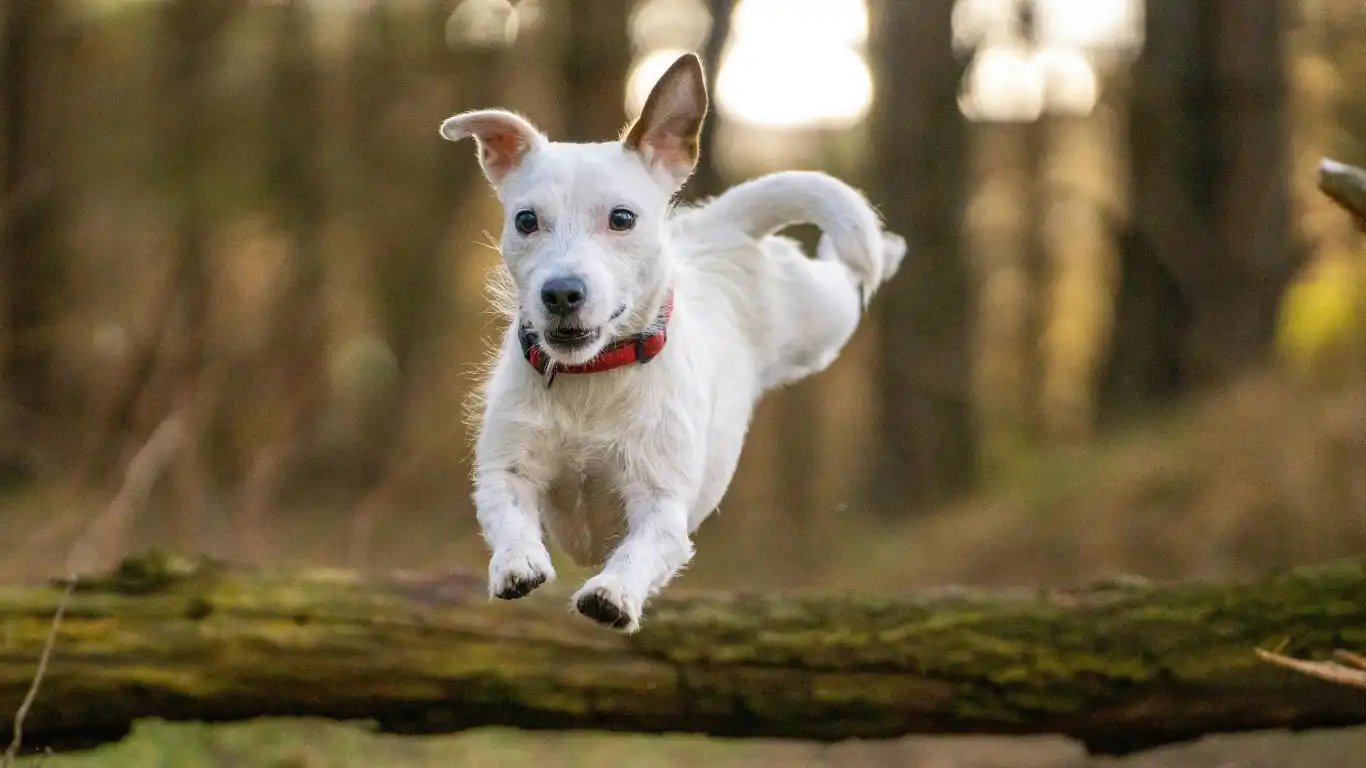
Let’s be real—dogs learn best when they’re having fun. If I had a dollar for every time I turned a training session into a game and saw a nervous pup light up, I could open a whole new clinic. One of my go-to methods for introducing new surfaces and sounds? Play-based exposure. It makes learning feel like a game show for dogs—minus the pressure and bright lights.
Here’s what I like to do: set up an indoor “exploration course.” Grab a yoga mat, a baking sheet, a piece of carpet, a towel, maybe even a plastic lid or two. Toss them around the living room and scatter treats across them. Then just sit back and watch your pup sniff, step, and explore. This is exposure training in disguise—and it works beautifully, especially with curious, food-motivated dogs.
Turn It Into a Game
- Use a treat trail to guide your dog across different textures.
- Incorporate puzzle toys or snuffle mats placed on each surface.
- Celebrate small wins with a happy dance or excited praise when your dog tackles a new surface.
Don’t forget to rotate the items daily—this keeps it fresh and prevents your dog from getting bored. I had one client whose senior pup was terrified of metal surfaces, so we placed her favorite treat ball on a cookie sheet. Within a week, she was hopping on and off that thing like a little gymnast.
Sound Desensitization: From Scary to No Big Deal

Let’s talk noise—because let’s face it, sudden sounds freak out a lot of dogs. Whether it’s the blender, a passing motorcycle, or your neighbor’s leaf blower, dogs don’t always understand that these sounds aren’t dangerous. The trick is helping them feel safe enough to learn that.
One of the best tools in my trainer’s toolbox? Sound desensitization playlists. There are dozens online tailored for dogs—fireworks, thunderstorms, street noises, you name it. Start at a super low volume (like, barely audible). Then:
- Play the sound for 3–5 minutes while doing something your dog loves (mealtime, tug, training).
- Gradually bump up the volume over days or weeks.
- If your dog shows signs of stress, drop the volume back down and slow your pace.
I once worked with a German Shepherd who couldn’t stand thunder. Using a combo of calming chews, slow exposure, and positive reinforcement, we got to the point where he slept through a summer storm like it was no big deal. Patience really does pay off.
Use Predictability to Your Advantage
- Play the same sounds at the same time every day—dogs thrive on routine.
- Pair sounds with positive events (like dinnertime or a game of fetch).
- Stay chill—if you act nervous when the noise starts, your dog will pick up on it.
Real Life Applications: Training in Context
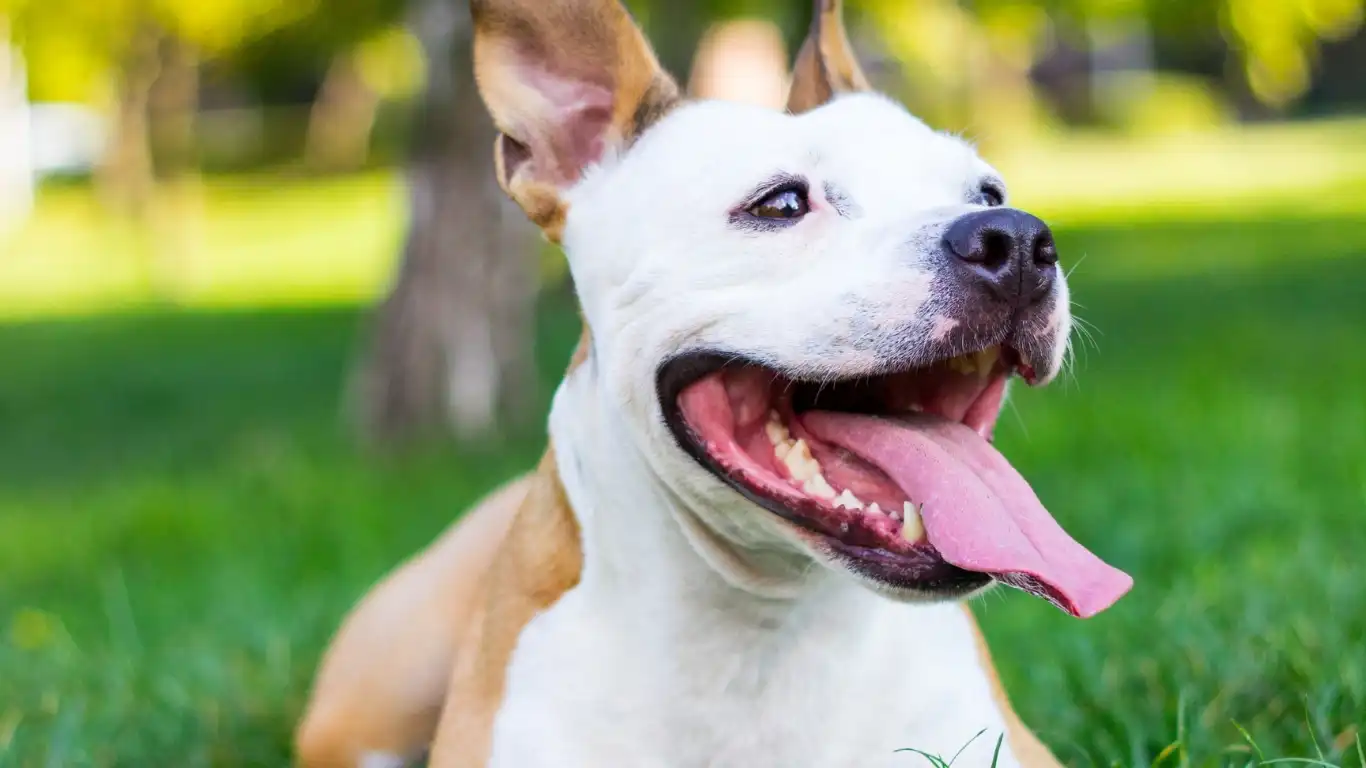
Once your dog is handling indoor textures and recorded sounds like a champ, it’s time to graduate to the real world. And this is where things get really exciting—and a bit more unpredictable. Think sidewalks with grates, loud street corners, or parks with random skateboarders zooming past.
The key here is to take your training on the road, literally. I always recommend starting with quiet environments and gradually increasing distractions. For instance:
- Visit a quiet street first, then slowly introduce busier areas.
- Work near construction zones—but keep a good distance and plenty of high-value treats handy.
- Practice walking over different textures (concrete, gravel, grass, mulch) during every outing.
I’ll never forget the first time my pit-lab mix, Daisy, confidently walked across a wobbly dock. She used to panic on anything that moved under her feet, but weeks of confidence-building (and probably half a pound of chicken treats) got her there. That moment when your dog conquers something that once terrified them? Absolute magic.
Helpful Gear That Can Support Confidence
- Non-slip boots for dogs who struggle on slippery floors
- Harnesses with a front clip to give you better control without choking
- Portable mats or towels to give nervous dogs a “safe spot” on the go
By taking things step by step and always setting your dog up for success, you’re not just teaching them how to introduce your dog to new surfaces and sounds—you’re giving them the emotional tools to handle the world around them with resilience and trust.
Helping Your Dog Generalize Confidence to Everyday Life
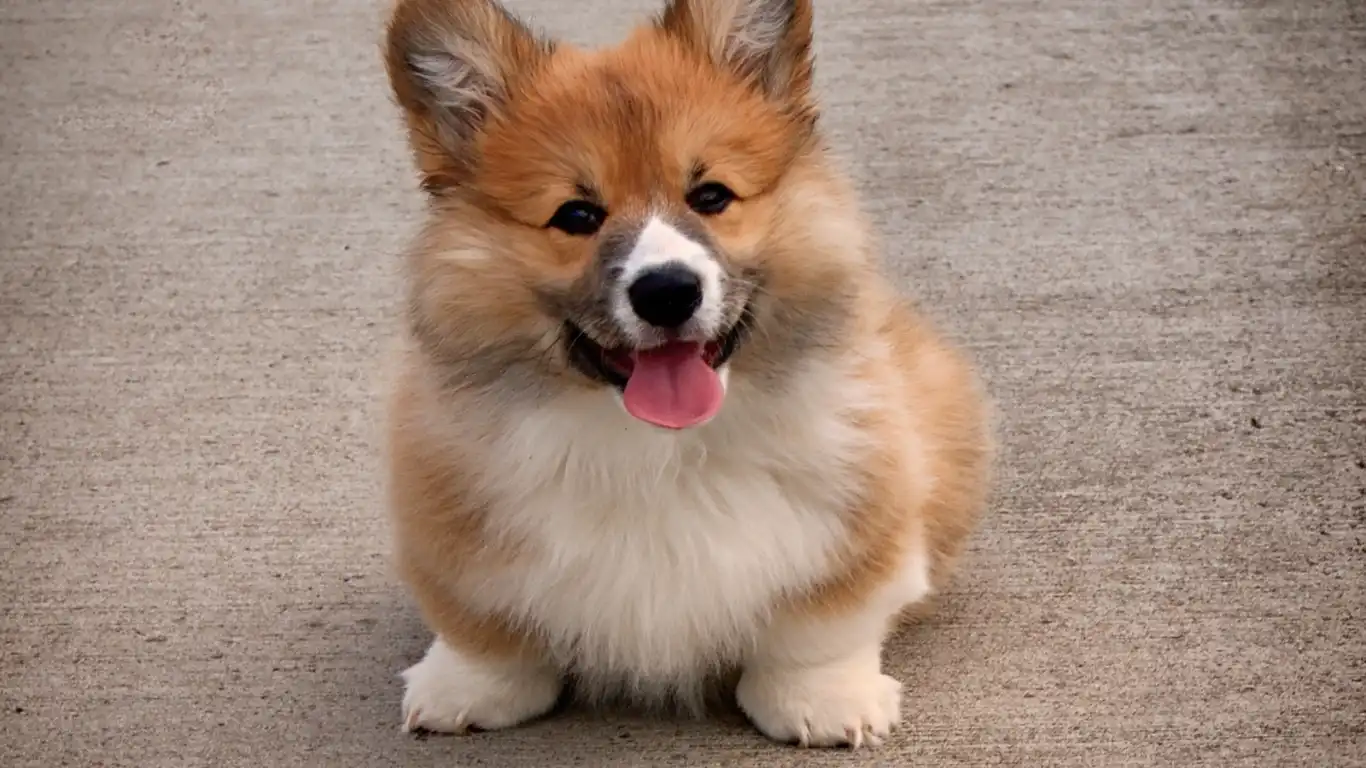
Okay, so your dog is handling the hardwood floors at home, doesn’t flinch at the vacuum anymore, and struts across park gravel like a mini four-legged explorer. You’re probably thinking, “We’ve got this!” And that’s awesome—but now comes the real test: generalization. That means helping your dog apply all their shiny new confidence to unfamiliar locations and situations they’ve never encountered before.
This is the part where many dogs—and their humans—hit a bit of a wall. I’ve seen even the most well-trained pups suddenly panic on an escalator or refuse to walk past a busy bus stop. Totally normal. New sights, sounds, and smells can be overwhelming, especially when they all hit at once.
Tips for Supporting Your Dog in the “Real World”
- Start small and local—go to a quiet pet-friendly store or an outdoor café during off-peak hours.
- Watch your dog’s body language—tail tucked, ears back, or excessive panting can all be early warning signs of stress.
- Bring reinforcements—pack those high-value treats like it’s a doggie road trip.
- Take breaks—even a 2-minute sniff session can help your pup reset.
I once had a reactive Shih Tzu patient who was terrified of the grocery cart area at our clinic’s parking lot. With slow exposure, paired treats, and practicing calm behaviors at a distance, she eventually learned that carts weren’t monsters—they were just rolling snack alarms. It’s those little real-life wins that make all the difference.
What Not to Do When Exposing Your Dog to New Surfaces and Sounds
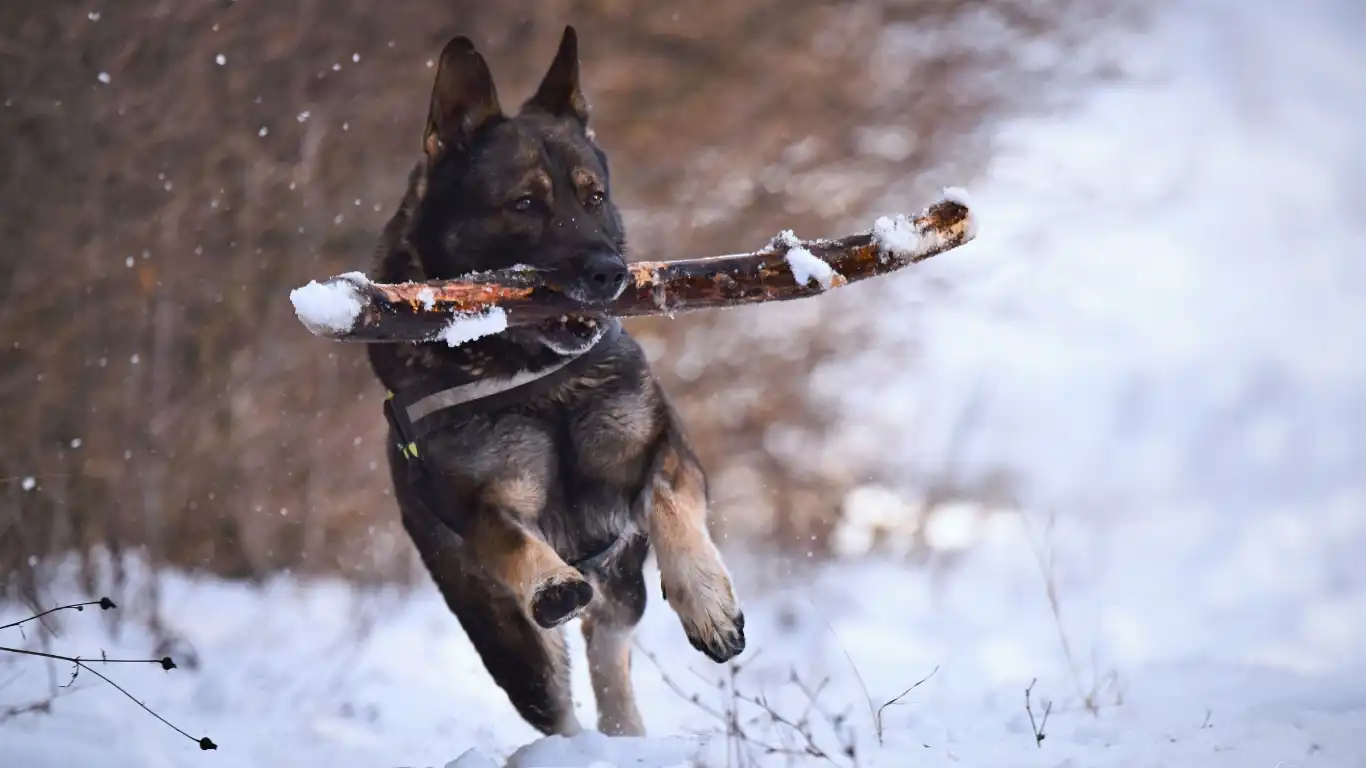
Now let’s be honest—sometimes our best intentions can actually set our dogs back. So here’s a quick list of what not to do when working on how to introduce your dog to new surfaces and sounds:
- Don’t force it. Dragging or pushing your dog onto a surface they’re afraid of doesn’t build confidence—it builds fear.
- Don’t punish fear. Growling, whining, or freezing are your dog’s way of communicating discomfort. Correcting those behaviors only suppresses the signal, not the fear behind it.
- Don’t rush exposure. A one-and-done approach rarely works. It’s consistency over time that creates lasting comfort.
- Don’t overlook health issues. If your dog suddenly becomes fearful of floors or noises, it might be worth checking for joint pain, hearing loss, or other medical issues.
In my years working in veterinary medicine, I’ve come across plenty of pups labeled “stubborn” or “dramatic” when in reality, they were just scared or uncomfortable. Always rule out physical pain first—it’s amazing how often fear fades when a dog is no longer hurting.
When to Seek Professional Help
If your dog’s fear is severe, persistent, or seems to be getting worse, it may be time to call in the pros. Certified dog behavior consultants and veterinary behaviorists can help with structured desensitization and even prescribe medications when needed. Trust me—there’s no shame in getting expert help. In fact, it shows how much you care.
Behavioral struggles can be overwhelming for pet parents, too. I’ve walked many families through this process, and sometimes just knowing you’re not alone—and that there’s a roadmap—makes a world of difference.
Resources I Trust
- American Veterinary Society of Animal Behavior
- Fear Free Pets
- Victoria Stilwell’s Positively
- Certification Council for Professional Dog Trainers
Final Thoughts: It’s About Progress, Not Perfection
Look, if there’s one thing I’ve learned both professionally and personally, it’s that every dog has their own pace—and that’s okay. Learning how to introduce your dog to new surfaces and sounds isn’t about creating a flawless, fearless pup. It’s about giving them the skills and confidence to face the world in a way that feels safe.
Celebrate the little wins, lean into the process, and remember—you’re not just their trainer, you’re their teammate. And watching a once-nervous dog blossom into a brave, curious explorer? That’s the kind of thing that makes all the hard work worth it.
Disclaimer: This article is for informational purposes only and is not a substitute for professional veterinary or behavior advice. Always consult with your veterinarian or a certified dog behavior professional before beginning any new training or behavior program.
